Refugees Welcome Here

The influx of refugees, especially in the past decade, has resulted in many states partnering alongside the government to support them and incorporate them into our society. Thirty-two states currently administer refugee resettlement through state government offices, while five other states use a public-private partnership to administer funds. Here in South Dakota, we participate in the alternative Wilson-Fish program, which means that the federal government contracts with nonprofits to distribute money. The Department of Social Services here only handles the refugee cash medical assistance through Medicaid while Lutheran Social Services of South Dakota administers the rest.

The current refugee population breakdown in South Dakota includes individuals from Myanmar, Bhutan, Ethiopia, Iraq, the Democratic Republic of the Congo, Somalia, Sudan, and several other countries. Lutheran Social Services helps connect thousands of refugees each year to counseling, residential help, foster care, and more. The Center for New Americans aided 30,821 refugees and families in 2017 alone, while the broader services were used 61,144 times. Just under half of the refugees they care for are 18 years old or younger, and many come to Sioux Falls to be connected with missing family members. One story about a Somali man, in particular, stands out: he has resided in Sioux Falls for three years after having escaped the violence in Somalia as a teenager and then living as a refugee in Kenya for some time. His goal is to become a naturalized citizen, and the services here in Sioux Falls are helping him do just that. In order to gain his citizenship, he has to be a permanent resident for five years and have a working knowledge of English, which he is gaining through the programs at LSS. There he takes English classes and citizenship classes to learn about the history and government of the United States. Alongside him, there are currently 120 former refugees working with the LSS on the path to citizenship.

Mothers and young pregnant refugees are still a concern here in Sioux Falls. Health disparities within refugee health and care have arisen everywhere, South Dakota is no exception. Care providers are working hard with patients who have uncommon diseases and complications, even with little to no background training. The largest problem, however, arises out of a lack of cultural competency. There is no class in medical school for learning about Somali or Bhutanese culture. A program dedicated to educating health care providers on pregnancy and birthing practices more reflective of other cultures will go a long way to alleviate some of the disparities being seen across the state, and there is a strong desire to learn and care for these women we are welcoming into our towns and cities. The outlook for the future is bright, and it is up to our nurses, doctors, midwives, and community to take the extra step to open minds and arms and incorporate culture and healing into their experiences here in South Dakota.
By: Natalie LeMoss | Cornell University | SURE Intern | Hanson Lab
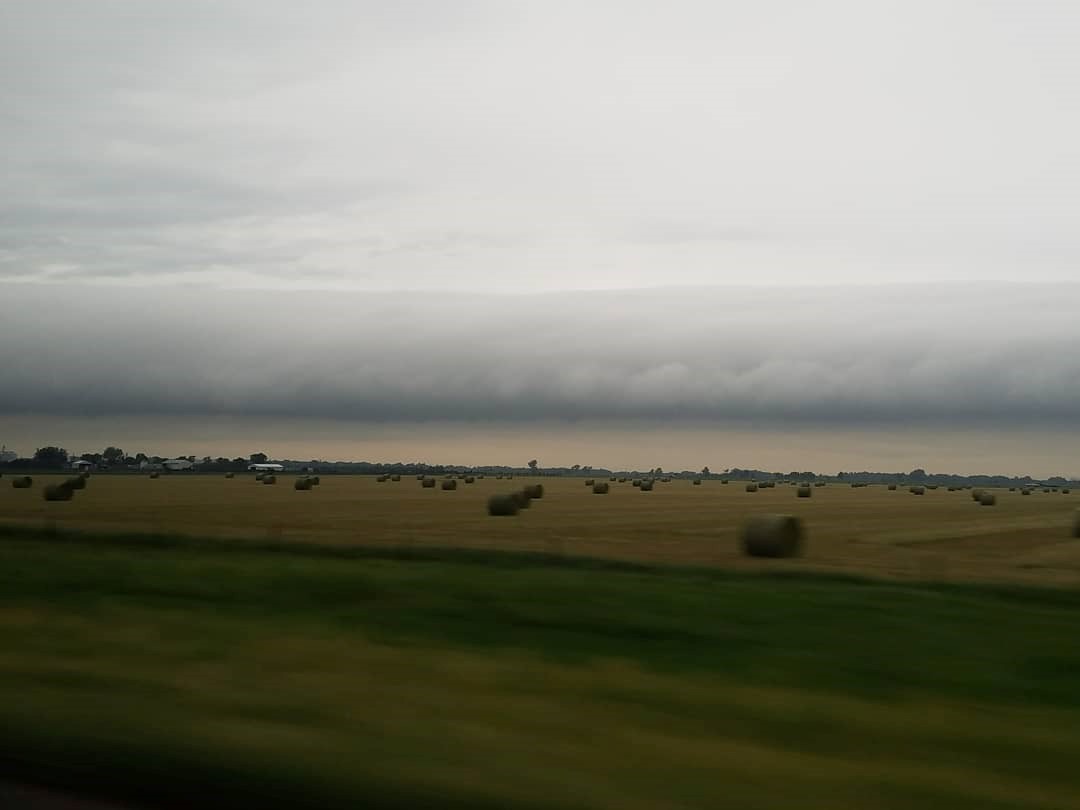 Center
Center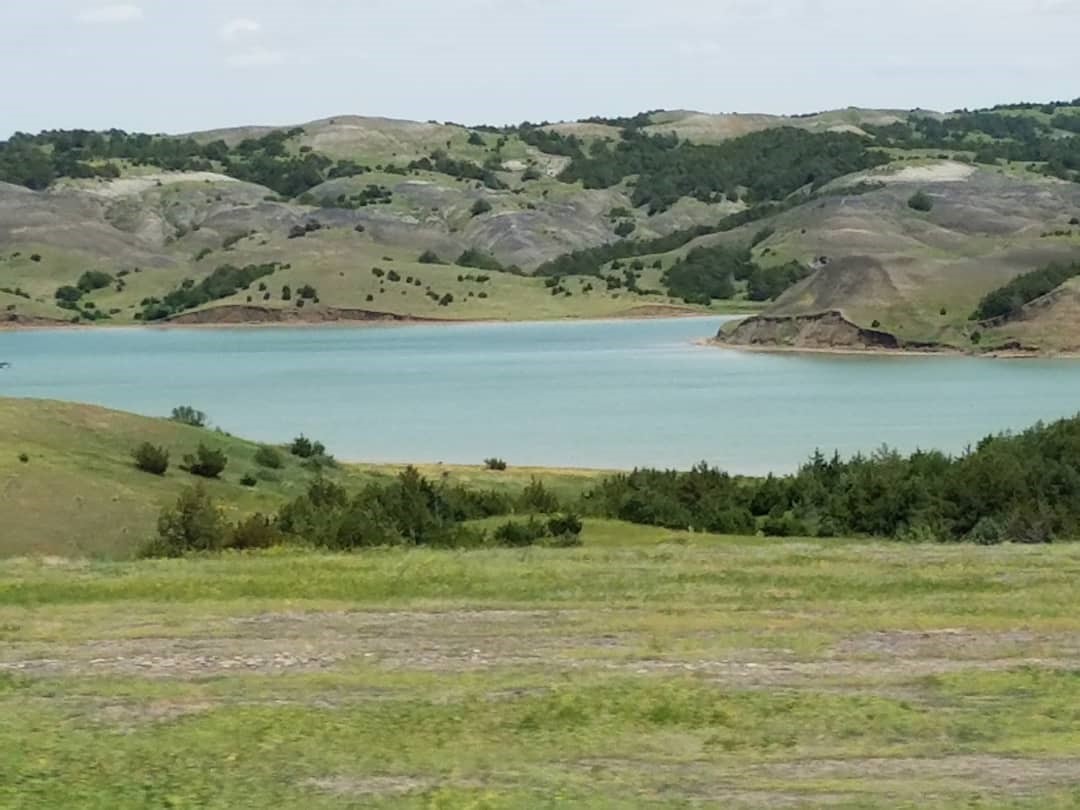

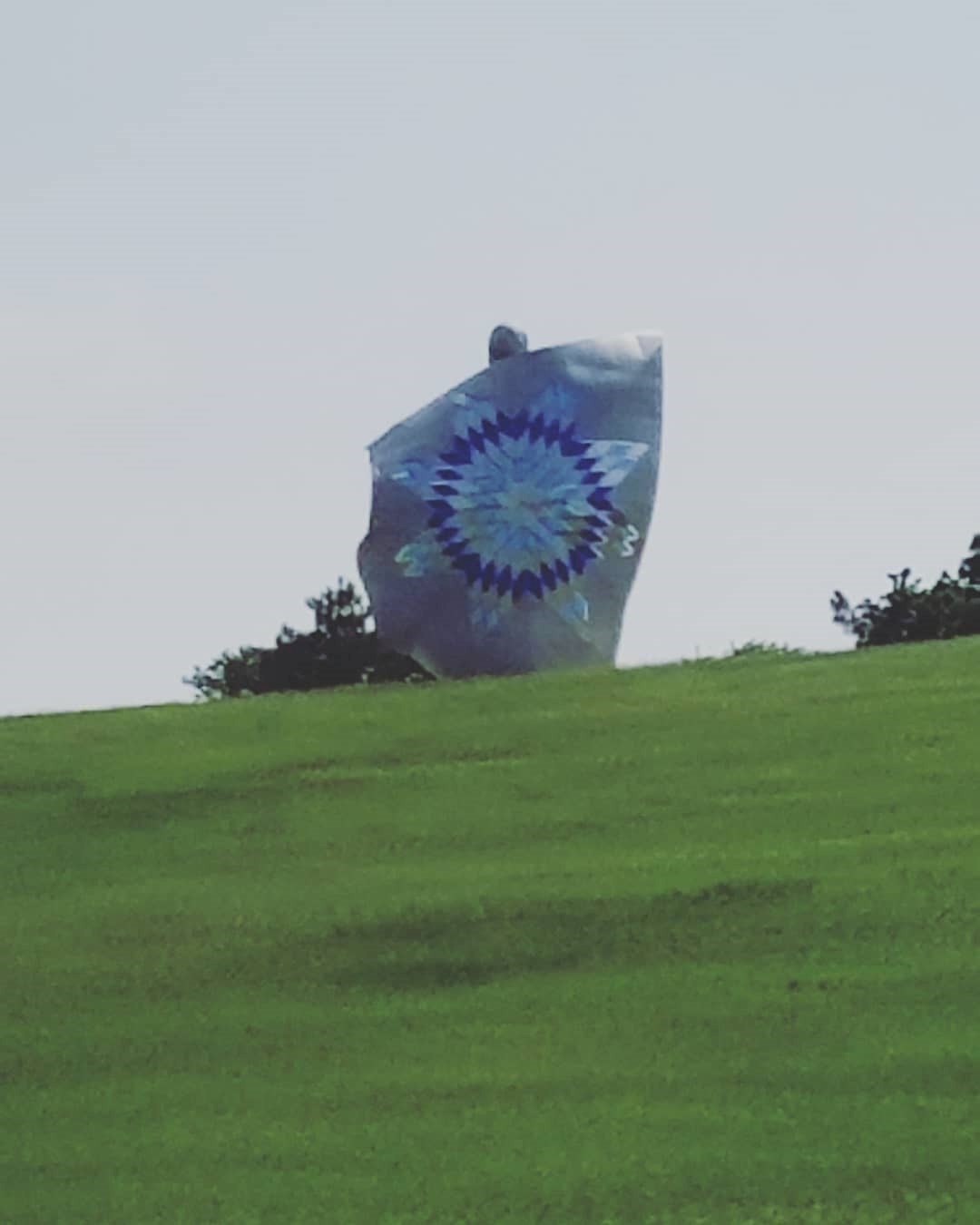 In the end, I was left with profound feelings of hope and assurance that our research is moving in the right direction. Aside from political and sovereignty issues related to approving tribal research, I was amazed at how hungry individuals were to learn about and embrace novel topics of health and wellness. Ecstatic smiles thanked and commended the lead researchers at our booth (Char Green-Maximo and Jessica Heinzmann) for the work they do. We must continue to break the stigma of ΓÇÿWestern' research in tribal communities by showing our ΓÇÿhumanness' and connecting with locals. Forging long-term sustainable and healthy relationships is the foundation to solidarity. Again, it's the intentions one sets that determines the outcomes. I leave this post with one message, one I was reminded of as we began our trip back to Sioux Falls: to act with Dignity, honor and respect and to embrace those cultures that stand before us and to be inclusive of the values of all individuals especially those of the Native Americans who embody South Dakota.
In the end, I was left with profound feelings of hope and assurance that our research is moving in the right direction. Aside from political and sovereignty issues related to approving tribal research, I was amazed at how hungry individuals were to learn about and embrace novel topics of health and wellness. Ecstatic smiles thanked and commended the lead researchers at our booth (Char Green-Maximo and Jessica Heinzmann) for the work they do. We must continue to break the stigma of ΓÇÿWestern' research in tribal communities by showing our ΓÇÿhumanness' and connecting with locals. Forging long-term sustainable and healthy relationships is the foundation to solidarity. Again, it's the intentions one sets that determines the outcomes. I leave this post with one message, one I was reminded of as we began our trip back to Sioux Falls: to act with Dignity, honor and respect and to embrace those cultures that stand before us and to be inclusive of the values of all individuals especially those of the Native Americans who embody South Dakota. By: Kelly Bielonko | Eastern Connecticut State University | SURE Student | Griese Lab
By: Kelly Bielonko | Eastern Connecticut State University | SURE Student | Griese Lab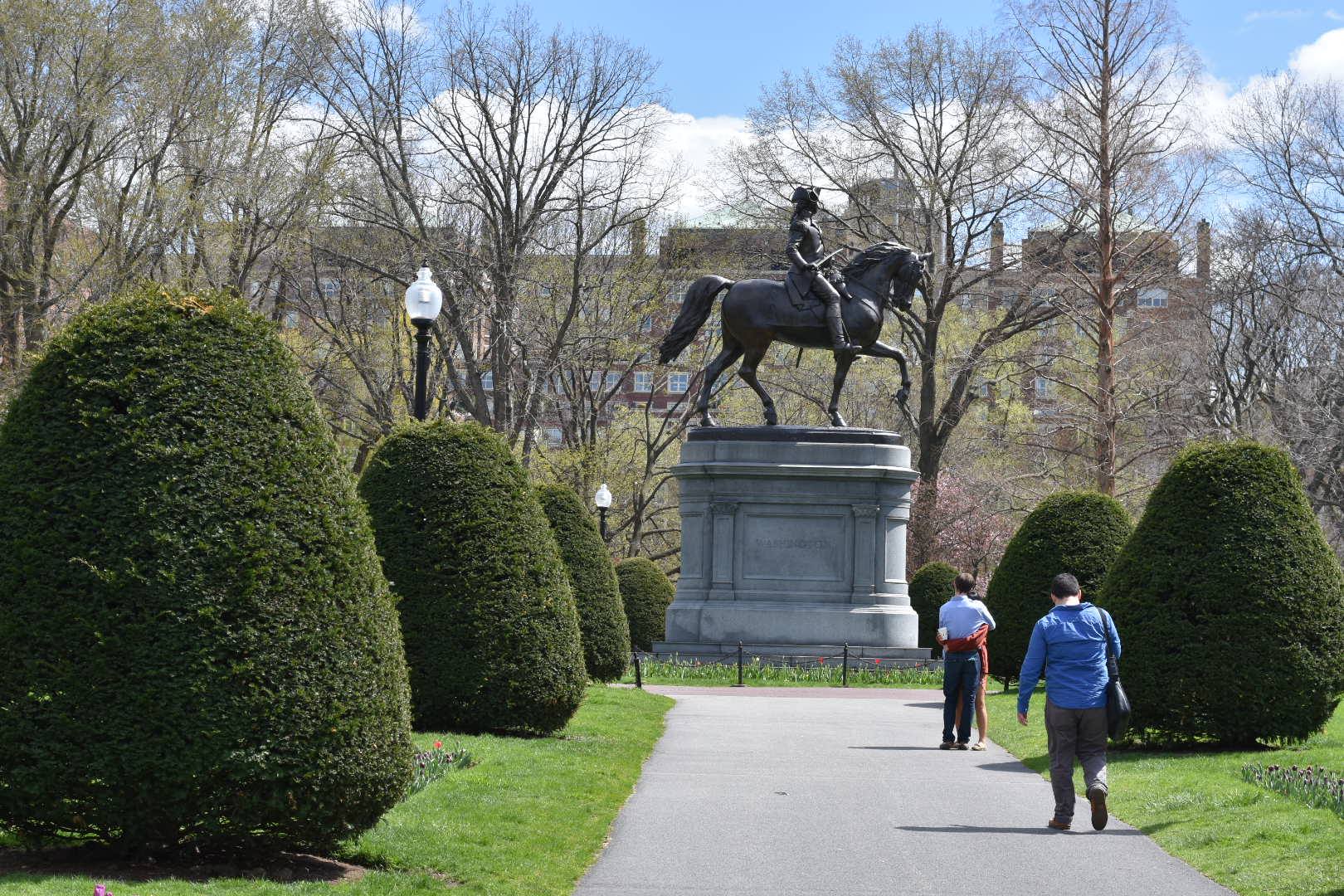
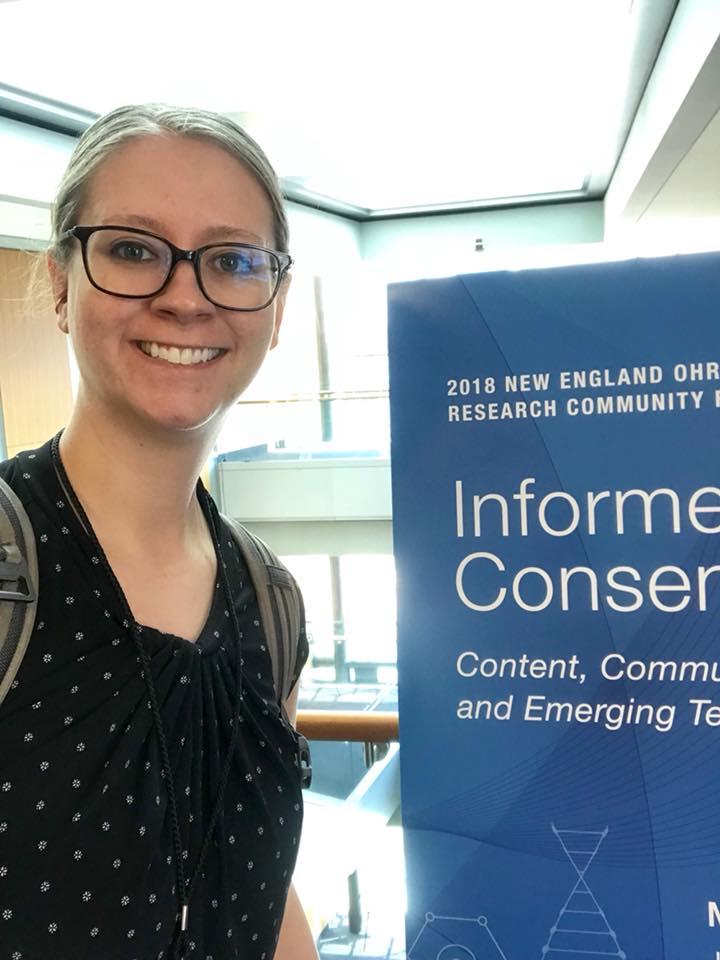 I've been reflecting back on this to try to figure out why I felt this way when everyone there was kind and welcoming and I think it was simply because I was the only one there who worked with tribal communities. You might be wondering why this would make a difference or why it would affect my experience that much, and it really comes down to tribal sovereignty and the different lens that tribal research review boards look at research ethics and research protections. I'm used to almost entirely thinking of research from this vantage point, so it was disorienting to be in a space talking about research ethics and regulations that didn't focus on tribal efforts to manage research.
I've been reflecting back on this to try to figure out why I felt this way when everyone there was kind and welcoming and I think it was simply because I was the only one there who worked with tribal communities. You might be wondering why this would make a difference or why it would affect my experience that much, and it really comes down to tribal sovereignty and the different lens that tribal research review boards look at research ethics and research protections. I'm used to almost entirely thinking of research from this vantage point, so it was disorienting to be in a space talking about research ethics and regulations that didn't focus on tribal efforts to manage research. In this poignant, informative, and engaging presentation, Dr. Boyer discussed the importance of conducting
In this poignant, informative, and engaging presentation, Dr. Boyer discussed the importance of conducting